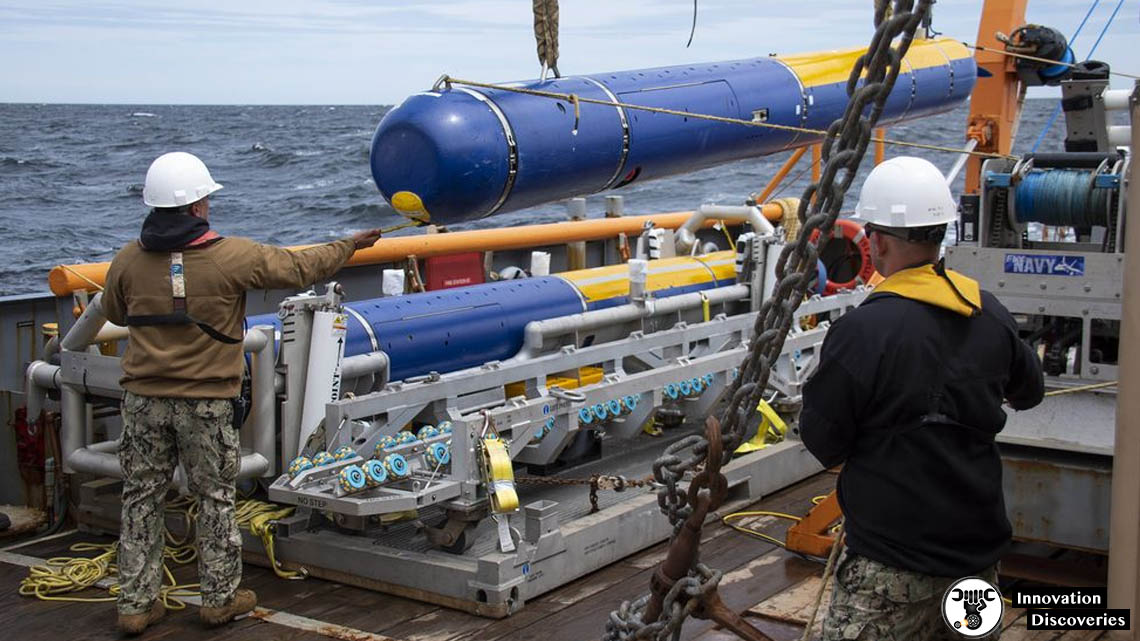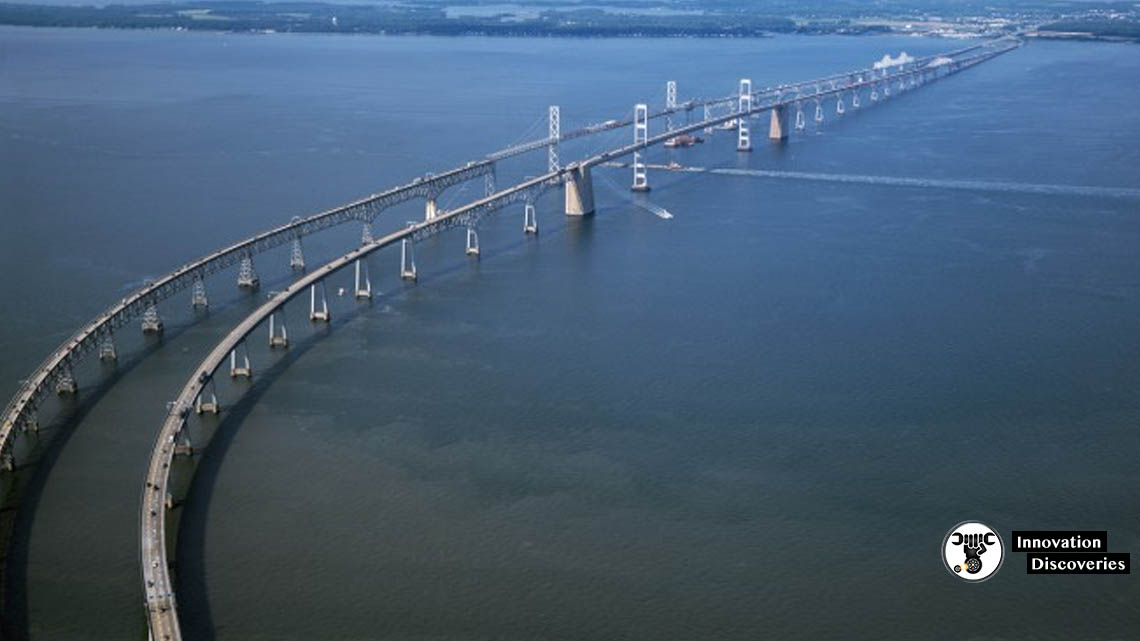
Superhard materials are sought after because of their flexibility. These 43 carbon structures are still theoretical, however, meaning that they have been predicted but have still to be created. Eva Zurek, who is a chemist at the University of Buffalo, said, ‘Diamonds are right now the hardest material that is commercially available, but they are very expensive. I have colleagues who do high-pressure experiments in the lab, squeezing materials between diamonds, and they complain about how expensive it is when the diamonds break.
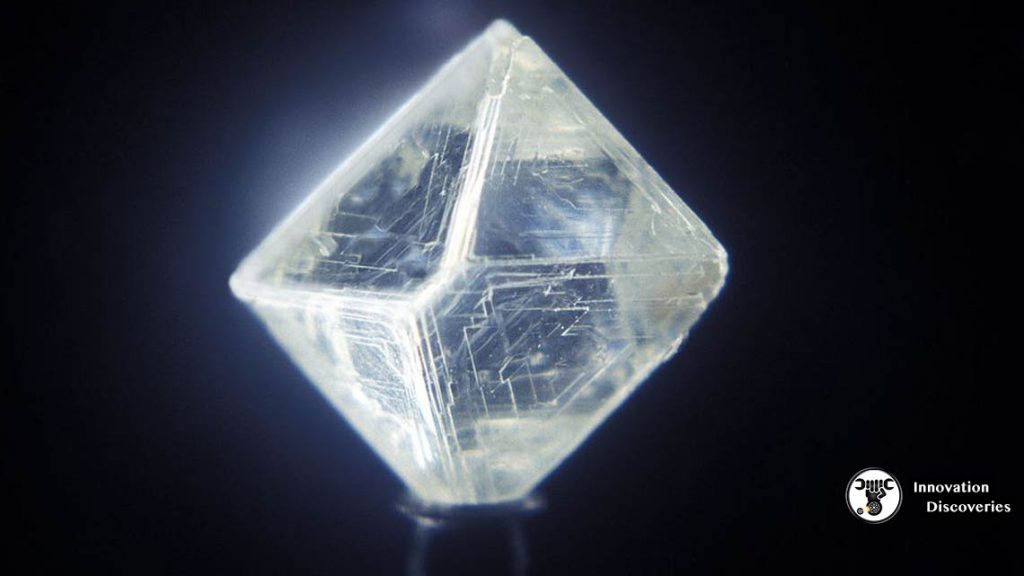
If you could find other materials that are hard, potentially you could make them cheaper. The hardness of a material is defined by its ability to leaving an impact. ’ Hardness can be tested via a Vickers hardness test that has been utilized for measuring the hardness of materials ever since 1925. Although there is still some uncertainty when it comes to calculations, scientists are of the belief that all of the 43 hypothetical materials will be able to score more than 40 on their Vickers hardness tests.
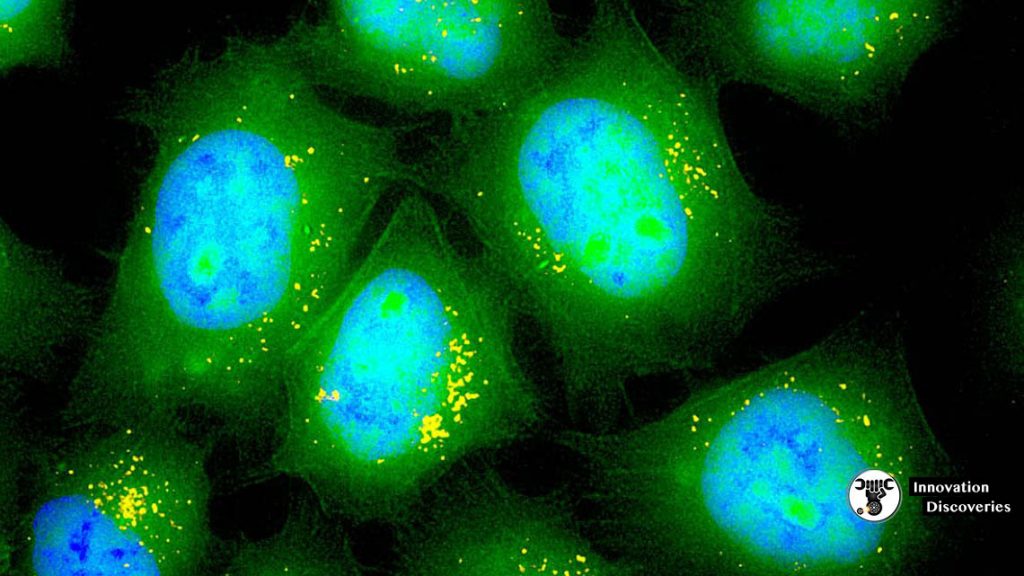
Zurek explains, ‘Very few superhard materials are known, so it’s of interest to find new ones. One thing that we know about superhard materials is that they need to have strong bonds. Carbon-carbon bonds are very strong, so that’s why we looked at carbon. XtalOpt is an open-source evolutionary algorithm for crystal structure prediction that was developed in the lab of Zurek.
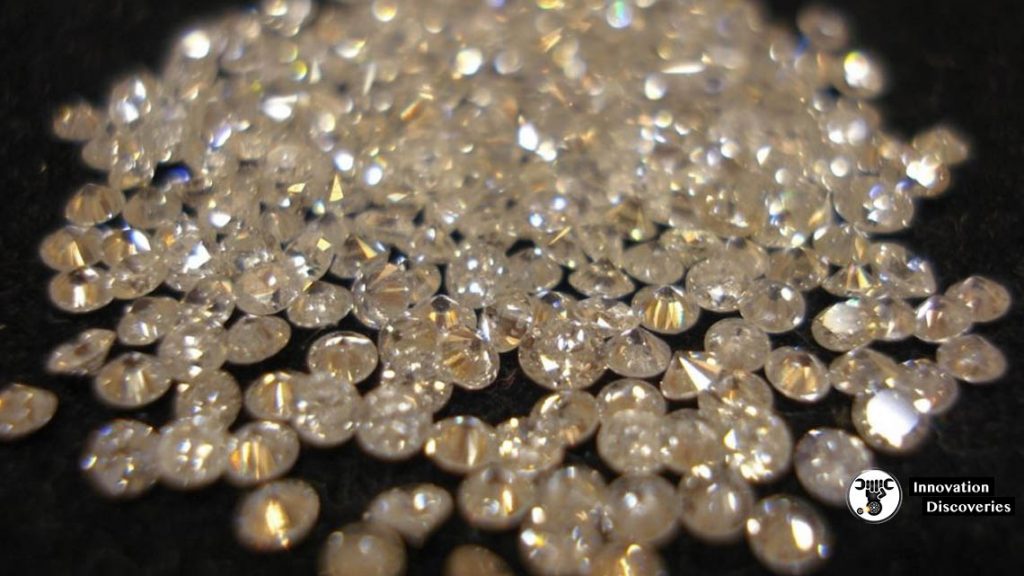
It’s always going to take time, but we use AFLOW and machine learning to accelerate the process greatly.


